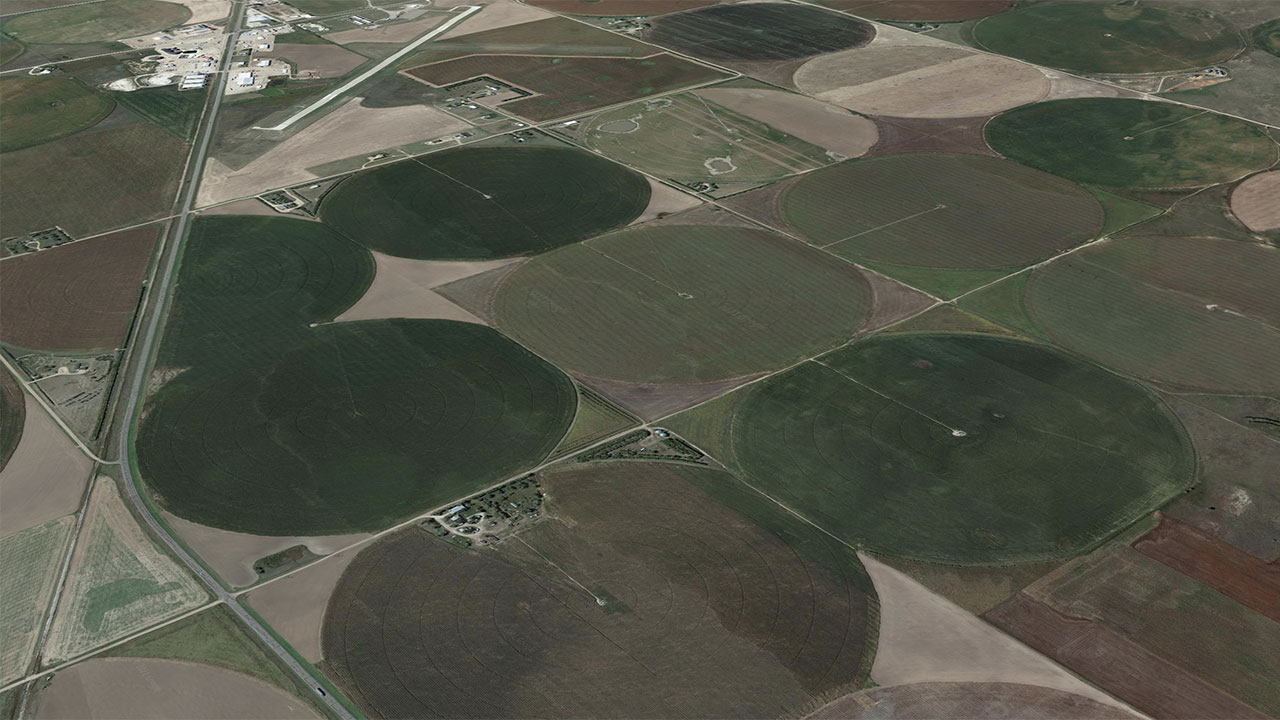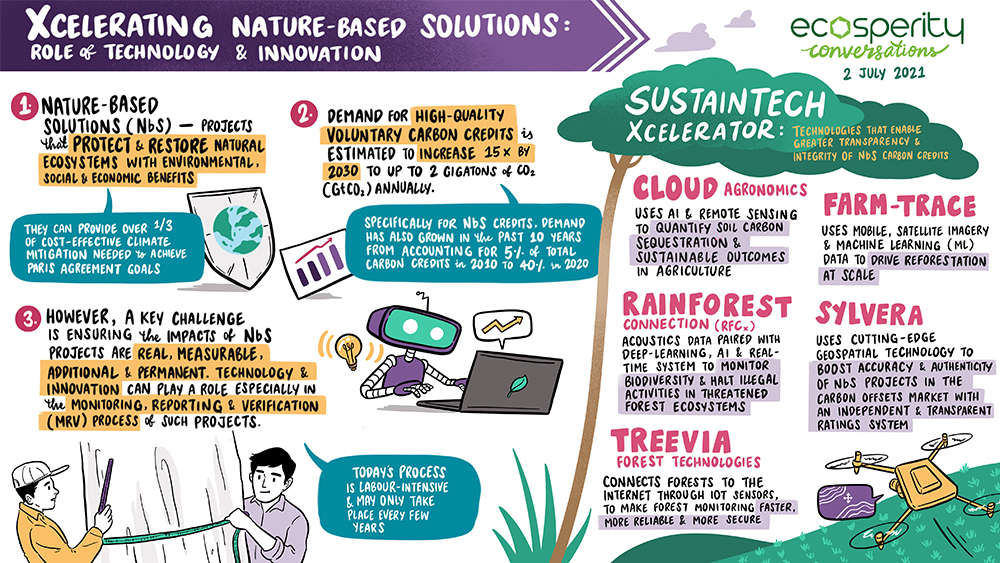Image credit: Kelly Lacy/Pexels
“If a tree falls in the forest and no one is around, does it make a sound?” While this age-old philosophical question has been debated for centuries, the answer is clear in the context of illegal logging. If that tree exists in one of the rainforests that non-profit tech startup Rainforest Connection is protecting, then the answer is a resounding yes.
The company is using “ears on the ground” — devices powered by solar panels that are installed in treetops — to protect rainforests in various areas from northern Brazil to Sumatra in Indonesia. These listening devices are part of a smart bio-acoustic monitoring system which aims to stop illegal logging in real time. The system leverages cloud technology and Artificial Intelligence (AI) to identify sounds, alerting local partners whenever a threat, such as the sound of a chainsaw, is detected.
Using tech to protect nature
Rainforest Connection is one of the startups that form the first cohort of Sustaintech Xcelerator, a virtual accelerator launched by DBS Bank, Google Cloud, National University of Singapore’s Centre for Nature-based Climate Solutions (NUS-CNCS), Temasek, non-profit standard-setter Verra, and the World Bank.
At a recent Ecosperity Conversations webinar by Temasek, the startups presented their technologies which focus on increasing investor and buyer confidence in nature-based solutions (NbS). NbS are climate mitigation solutions that use natural processes to reduce or remove greenhouse gases. The session also included a panel discussion featuring Mr Jani Patokallio, Google Cloud’s Head of Solutions for Asia-Pacific; Mr Chandra Shekhar Sinha, Adviser of the Climate Change Group at the World Bank; Ms Candace Vinke, Verra’s Director of Nature-based Innovations; and Ms Adeline Aw, Vice President of Environmental Sustainability at the Singapore Economic Development Board (EDB).
The industry experts weighed in on the opportunities and challenges of scaling up NbS, how technology can help, and Singapore’s efforts to unlock the potential of NBS as part of its ambition to become a carbon services hub in Asia.
It is estimated that NbS can account for over a third of cost-effective climate mitigation needed to limit global warming to 2°C above pre-industrial levels. Protecting and restoring our natural ecosystems not only helps the world achieve our climate goals, but also benefits biodiversity and increases the resilience of local communities.
Today, there is growing consensus on the need for more NbS. Yet such solutions are still underfunded, receiving less than 3 per cent of global climate finance. Carbon credits, generated by projects that actively remove, reduce or avoid carbon emissions, could help. As more companies pledge to support climate action, the demand for carbon credits to complement their absolute carbon reduction plans could increase. In fact, it is estimated that the demand for high-quality voluntary carbon credits could jump 15-fold by 2030.
To truly realise the opportunity of NbS, however, the current problems plaguing it must be addressed. There is still a lack of trust in NbS due to concerns in quantifying and monitoring these investments, as well as the high costs involved.
Could technology help enhance trust in NbS? The startups from Sustaintech Xcelerator, which aims to improve the monitoring, reporting and verification (MRV) of the impacts of NbS, believe so.









